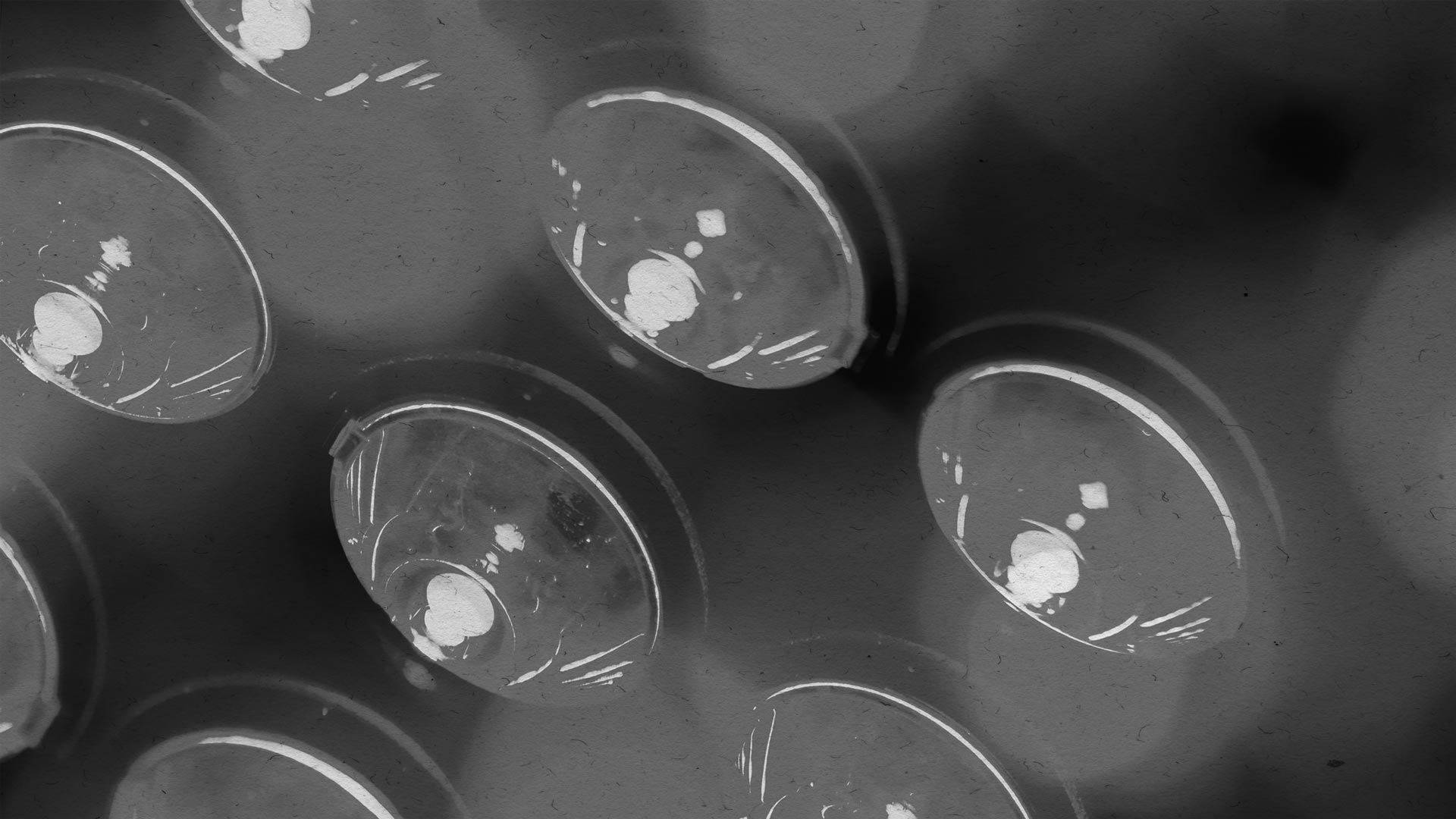
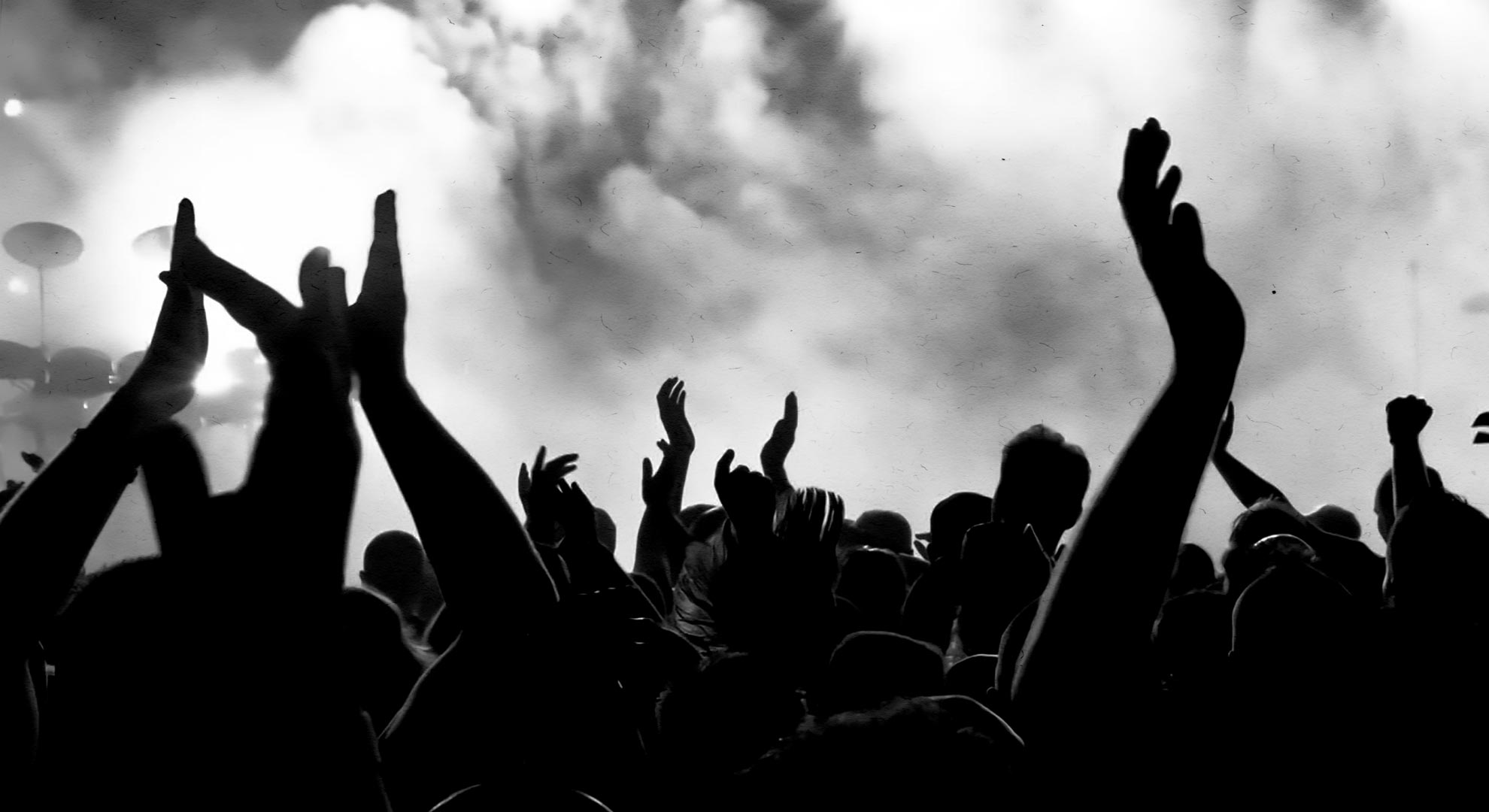
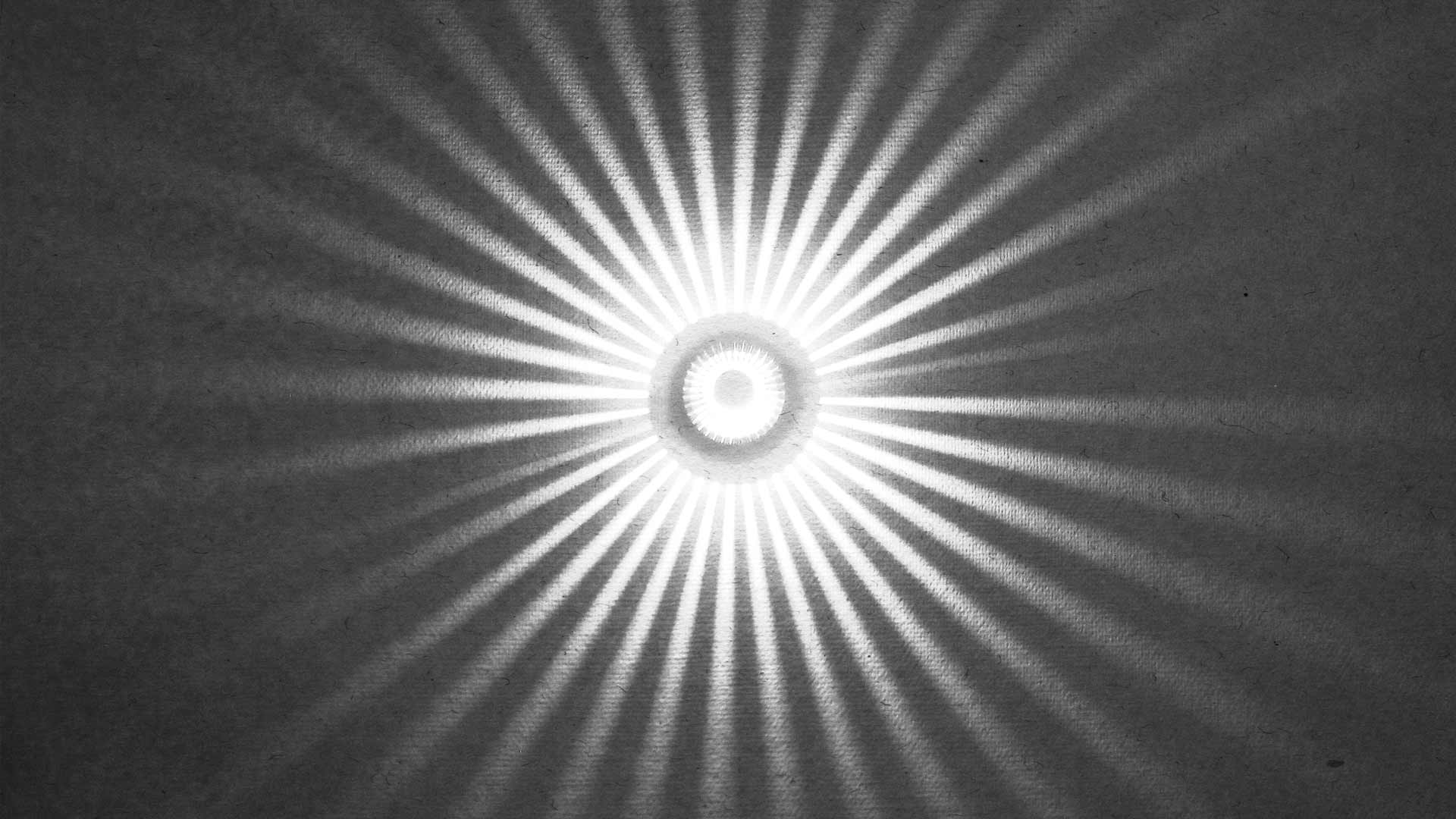
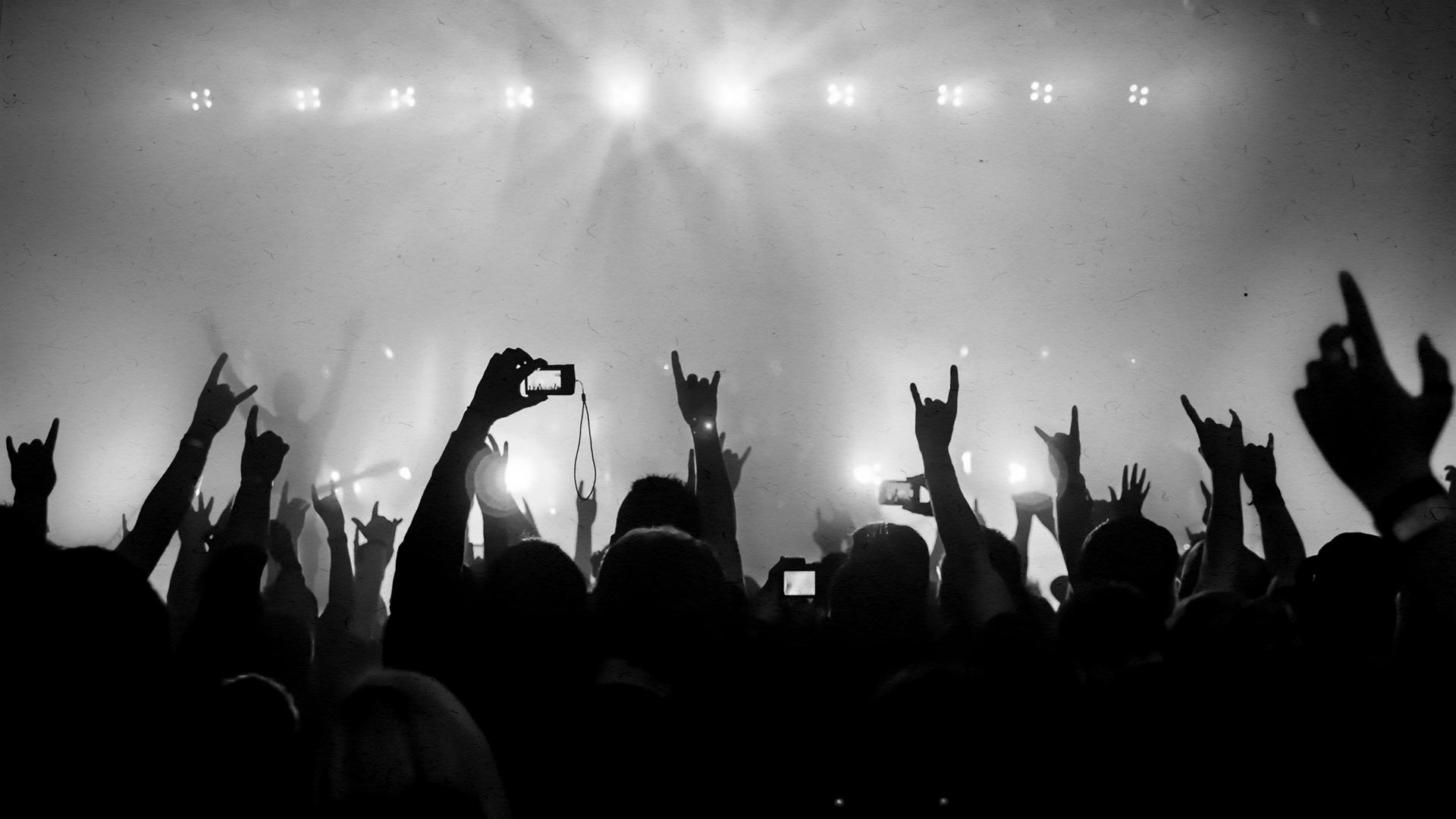
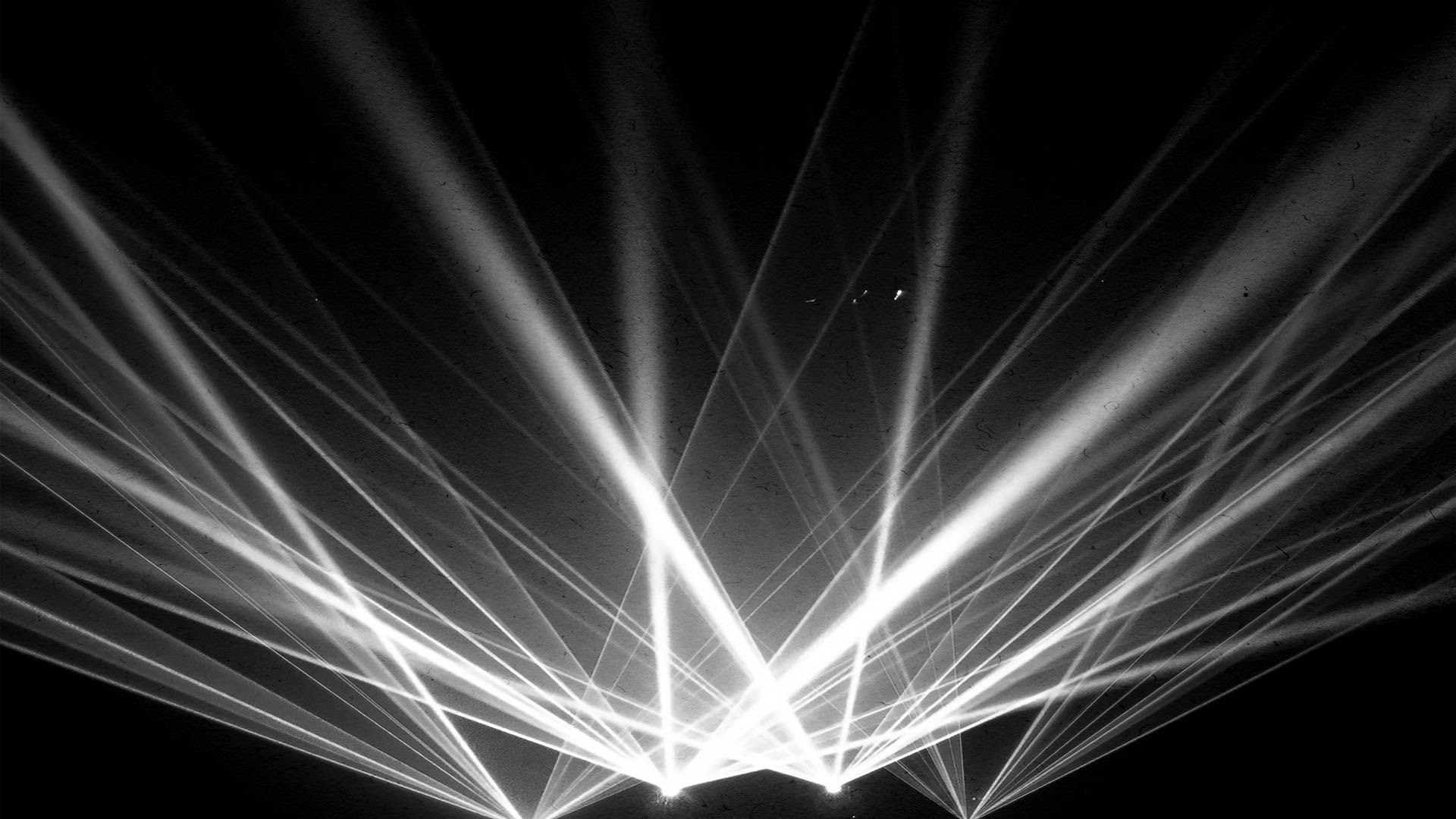

|<<
<
>
>>|
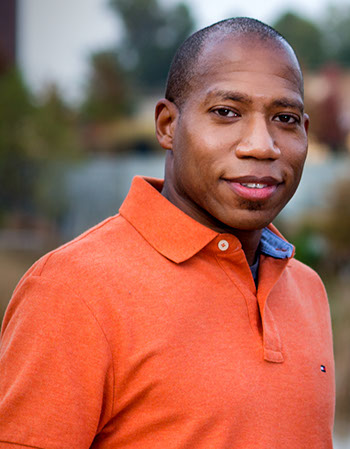
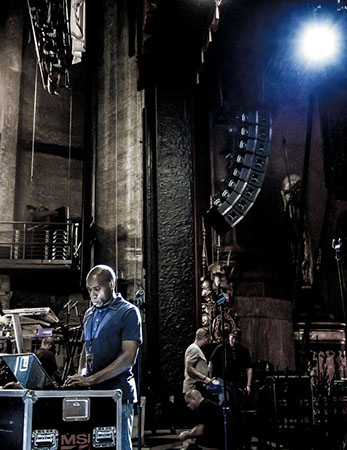
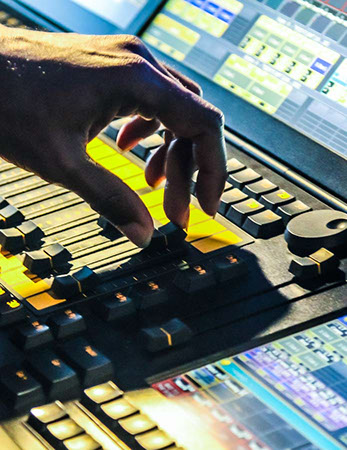


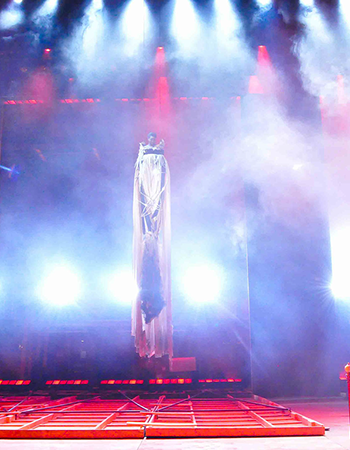

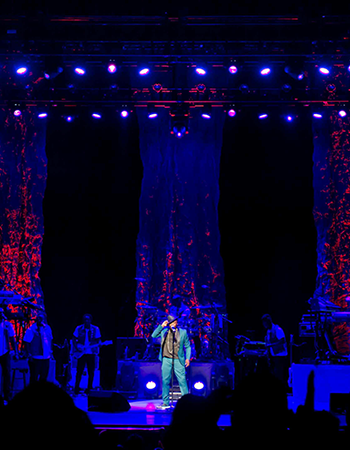
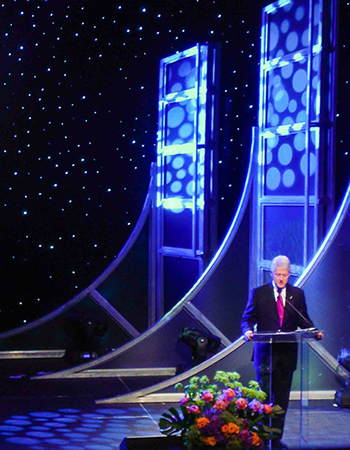
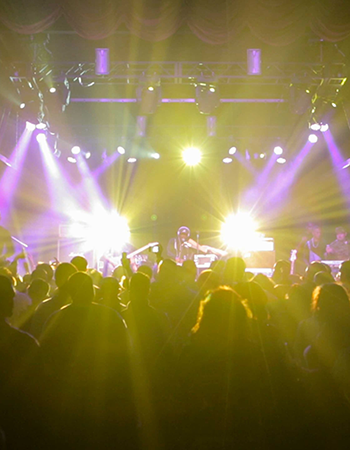
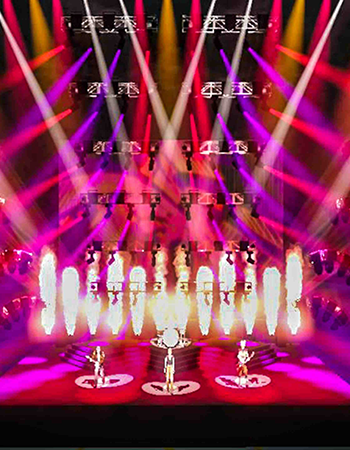
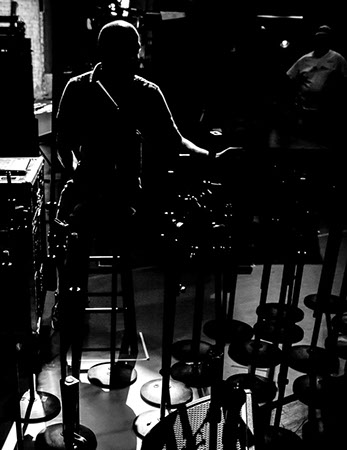
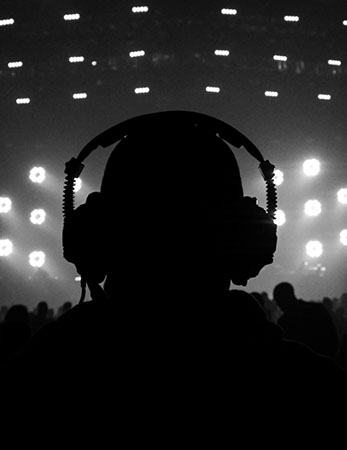
Calvin G. Johnson (also known as Light Guy Calvin) is an accomplished lighting and production designer specializing in integrating lighting and video into one cohesive design. Concerts and special events that include music are his specialty. Since it is becoming increasingly common these days for video and lighting elements to be combined into a singular design aesthetic, due to the dawn of new technology, he has expanded his focus to include both of these components when conceptualizing a show. Conversely, the most successful designs incorporating these two segments are often best conceived by a lighting designer. Calvin is not only a highly sought out designer, but also a competent programmer on some of the most state of the art lighting consoles in the industry such as the GrandMA 2 and Wholehog 3 & 4. With the aid of various media servers such as PRG’s MBox and Resolume’s Arena 4, Calvin can play back video and lighting elements at the same time to create spectacular shows. Having access to someone with such skill sets offers an abundance of creativity when designing a production. Overall, his underlying philosophy is to create a visual statement that supports the vision of his client.
The spark of creativity started at a very young age while helping his parents hang Christmas lights outside the house for the holidays. People would come from throughout the neighborhood to see the display. Watching the excitement of their faces was a very enlightening experience. Little did he know then, this was the budding of a career in design. However, it wasn’t until high school when the opportunity arose to really “design” lights. While taking part in the the after school program Upward Bound, held at Lemoyne-Owen College, Calvin discovered the craft of lighting and sound. He was excited to volunteer his time to operate the audio-visual equipment for a few theatrical presentations. There were a few PAR cans, fresnels and border lights hanging in a small theatre space where the performances took place. The lighting system was rather antiquated but Calvin learned by doing. He taught himself how to get the system running and even made a few repairs. That “can do drive to succeed no matter the obstacle” is what still drives him today.
Upon graduation from high school, Calvin attended Morehouse College in Atlanta, GA. His first intention was to study business administration but his true calling was to become a theatrical artist. He again volunteered his talents around campus while honing his craft working on events such as fashion shows, pageants, and small concerts. He even followed in the footsteps of alumna, Spike Lee, and directed the Miss Maroon and White Pageant. His creative desire was so strong he even changed his major from business administration to drama. At this point he was allowed to design a few theatrical performances on campus, as well as professionally. After graduating from Morehouse, Calvin began to light plays around town for various theatrical companies. He also freelanced for several production companies that specialized in diverse special event lighting such as concerts, corporate events, fashion shows, and weddings. The gamut of productions was tremendous. It was during this time Calvin cultivated his craft as a lighting designer.
After several years of freelancing in the special event, touring and entertainment sectors, Calvin wanted a new challenge. There was a desire to learn even more about the craft. So, he decided to attend graduate school at the prestigious Carnegie Mellon University. During his studies, Calvin concentrated on interweaving the relationships between lighting and video into one cohesive design. Also during this time he decided to focus his pursuit of design primarily towards concerts. Music has always been an extreme passion from a very young age. He even played the piano for a couple years while in high school. Melding visual and lighting components together with music is his specialty. After graduation from CMU, Calvin hit the ground running and began working with several musical artists and has toured with them all over the world.
Q&A
How did you hear about lighting design?
I learned about the craft officially while I was an undergraduate student at Morehouse College. However, my interest in lighting started at a very young age when my parents hung Christmas lights during the holiday season. People would drive from miles around just to see the display. The setup wasn't very fancy but I do recall that is was very "clean" and pleasing to the eye as compared to modern standards. Keep in mind this was way before the grand displays we see today which could have thousands upon thousands of lights that are controlled by fancy controllers.
What is your favorite color?
I don’t have one presently, but I was partial to the color blue. I had to learn not to have a “favorite” color because that bias tainted my perceptions when I developed concepts. As a designer, I believe it’s best not to have a “favorite” color because each show is different and requires its own set of color choices outside of my own preferences. It’s vital for me to follow the concept that is devised for each project I work on.
What is your philosophy as a designer?
To never really create art for arts sake. The designs I create are born from an idea and must have a meaning; an underlying truth. A statement must be made.
Do you work as a Freelance lighting designer or do you work with a company.
I work primarily as a freelance designer for most of the shows I design. From time to time I work on projects in collaboration with production companies.
What advice would you offer any young aspiring lighting designer?
Study the master painters and architects as much as possible. Great designs are born from great inspiration. I would also suggest seeing as many performances as you can to build up a catalogue of ideas to pull from. Use your imagination to its fullest and don't be afraid to fail. Learn from your mistakes. Don't be afraid to try something new and above all don't feel the need to use the latest and greatest products just because they are new. You can easily stand out from the crowd with a great idea rather than a new gizmo.
Did you go to school for lighting design?
Yes, and no. I say this because I had a good amount of "on the job training" and read a lot of books to acquire most of my skills. My earliest introduction to understanding what the the concept of lighting design was took place in undergraduate school. Primarily, I learned about the different types of lighting fixtures and figured out there capabilities. After I graduated the rest of my training derived from reading books and applying what I learned via hands on experience while working with various production companies around town. Trial and (carefully calculated) error was all part of the plan. After several years of working in the industry I decided to attend graduate school were I honed my skills even further. The quest to learn something new each day is an on going endeavor.
What fields of lighting have you worked in before?
That’s a good question….Almost to many to count, but all throughout my career I’ve worked on countless events such as weddings, plays, concerts, festivals, corporate conventions, corporate meetings, dances, fashion shows, parties, night clubs and the list goes on and on. This is why I believe I’m such a versatile designer. All of these events had its own set of criteria but, I was able to modify my design principles for each one of them and still delivered a great result.
Do you program your own shows, if show what console do you prefer to use?
Yes, I program my own shows depending on the scale. Currently, the GrandMA 2 is my console of choice. As a designer/programmer I look for extreme flexibility when it comes to building a show. As of right now, the GrandMA 2 offers the most options in a single interface.
Do you have a favorite lighting fixture?
Well, It’s hard to choose because there are some many new fixtures coming to market these days, but if I had to choose just one I would say I’m partial to the Clay Paky Shotlight. The Shotlight is so versatile because it integrates a CMY profile fixture with a strobe ring around the front bezel. The concerts I happen to design use a lot of color, gobo patterns and strobe effects. All these features built into one light helps to save money when budgets are tight. Ultimately, I don’t have to rent several fixtures to get the same effect. I can also save space in the rig as well.
How do you go about integrating video into your design concepts?
It all depends on the overall concept for each show. Two key factors have to be considered. First of all, does the video content need to be used to inform the audience such as displaying text or media elements were recognition of the image is necessary. The second component to consider is whether or not the media content is just graphics based imagery. Once I figure this out I proceed to merge the lighting and video elements together so that they work together and not against each other.
Have you done lighting for camera?
Yes, some of the corporate shows and concerts I’ve worked on required IMAG or "image magnification" which involves extensive knowledge of color temperature and intensity in order to properly light for camera. It’s not as complicated as some make it seem, but you do have to plan accordingly and be fast when implementing adjustments.



























